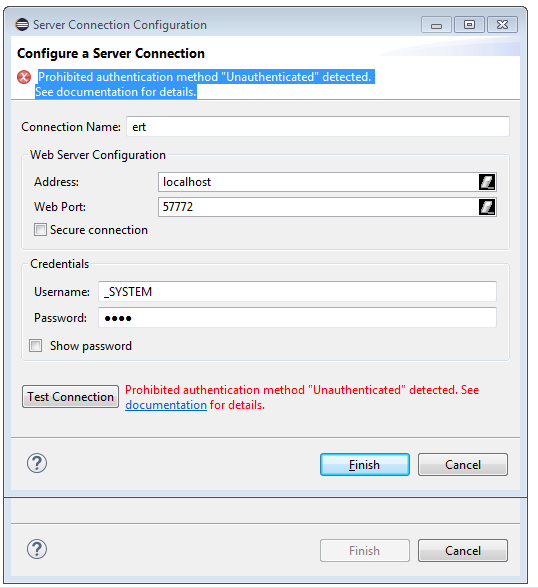Hi all,
We have a big problem because we have the following message when I try to open the messages in a production.
ERROR <Ens>ErrException: <DATABASE>zfindStatement+29^%SQL.DynamicStatement.1 ^%sqlcq("MYNAMESPACE","Query",8,"Gns8AZO5dJclytqv13l9gUuLUyo=",""),c:\intersystems\healthshare\mgr\cache\ -- logged as '-' number - @''
SOURCE ELEMENT: %ZEN.Component.tablePane (resultsTable)



